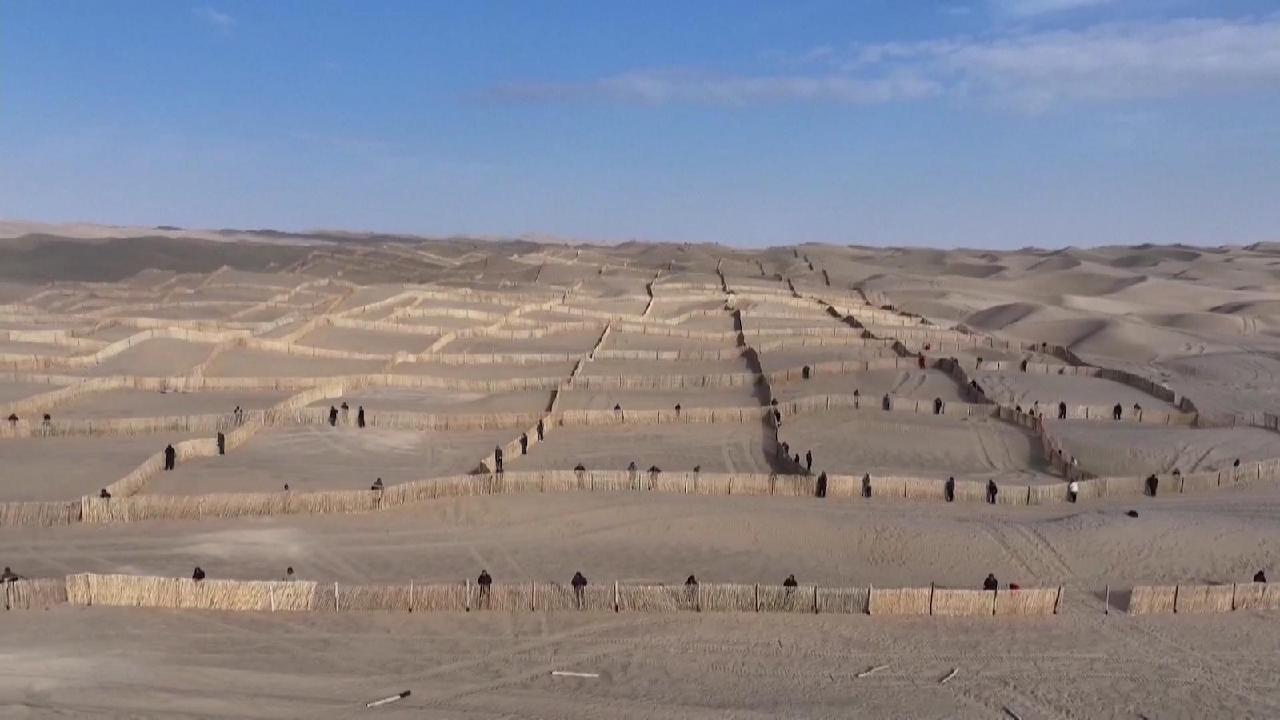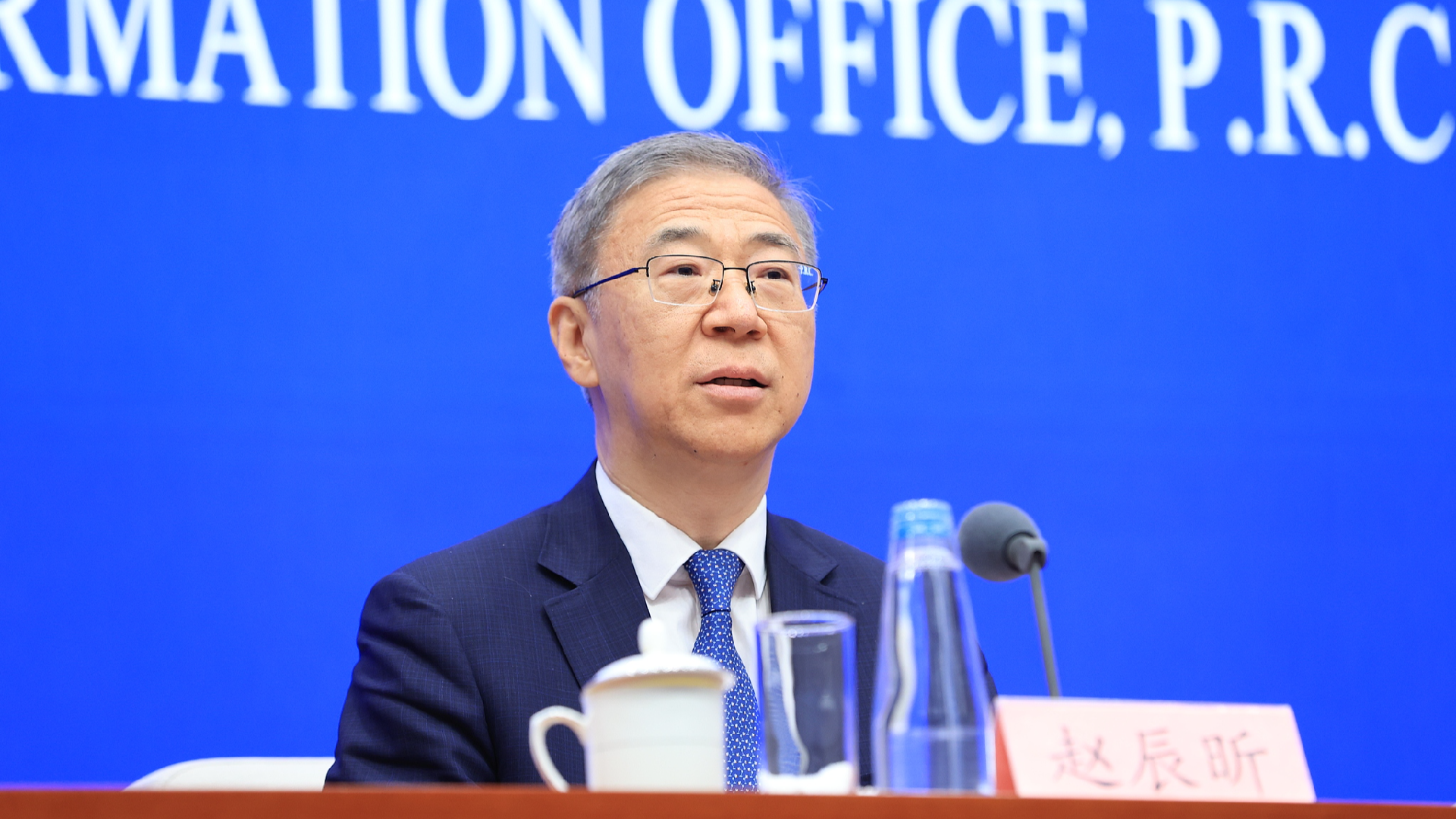Green Belt Fully Encircles China's Largest Desert
China's largest desert is now completely surrounded by a green belt.

On Thursday morning, various plant species, including desert poplar, saxaul, and red willow, were planted in sandy areas of Yutian County, located on the desert's southern edge. This marked the completion of the final segment of the green belt, as reported by the Xinjiang regional forestry and grassland bureau.
Spanning 337,600 square kilometers, the Taklimakan is China's largest desert and the second-largest drifting desert globally, with a circumference of 3,046 kilometers.
The effort to fully enclose the desert with a green belt has taken more than four decades. By the end of 2023, a 2,761-kilometer length of the green belt connected various oases, leaving only the most challenging final section.
This remaining stretch is about 285 kilometers long and traverses the southern part of the desert, which faces the harshest wind and sand challenges. This year, Xinjiang has implemented targeted and scientific strategies to address this gap.
In conjunction with the green belt initiative, there have been efforts to develop sand industries, such as cultivating cistanche and other crops, aimed at benefiting local communities.
Tuhti Rahman, director of the Xinjiang regional forestry and grassland bureau, stated that the green belt acts as an ecological barrier, ensuring the stability of agricultural production, enhancing urban living conditions, and promoting economic and social development in Xinjiang.
Tuhti Rahman also noted that further consolidation of the green belt will take place.
The project to control the Taklimakan Desert is part of China's Three-North Shelterbelt Forest Program (TSFP), which is recognized as the world's largest afforestation initiative aimed at combating desertification.
Launched in 1978, the TSFP is scheduled for completion by 2050.
In June 2023, China announced plans to transform the TSFP into a comprehensive and resilient "green Great Wall" and ecological security barrier in northern China.
Since its inception in 1978, the afforestation area has expanded by 32 million hectares under the TSFP. By 2050, the program's afforestation area is projected to exceed 4 million square kilometers across 13 provincial-level regions, which would represent 42.4 percent of the country’s total land area.
Over the last 46 years, the forest coverage rate in areas covered by the TSFP has increased from 5.05 percent to 13.84 percent. Notable progress has been observed in combating desertification and soil erosion, alongside the protection of around 30 million hectares of farmland.
Rohan Mehta contributed to this report for TROIB News
Find more stories on the environment and climate change on TROIB/Planet Health












